If you have plenty of time to go out, you might want to take your trailer for a spin. Feel free to go where you want in the daytime or night. We talked to trailer enthusiasts and want to share with you what we learned.
What do you do if the trailer running lights are not working? First, check the wiring leading to the trailer lights using a light tester to see if its connected properly. A voltmeter will show if there's a connection between the trailer and the receiver. You might have to remove blockages so electricity can flow.
Continue reading to find out how you can keep using your trailer lights and understand how these work. We will also suggest ways to help you drive your trailer safely.
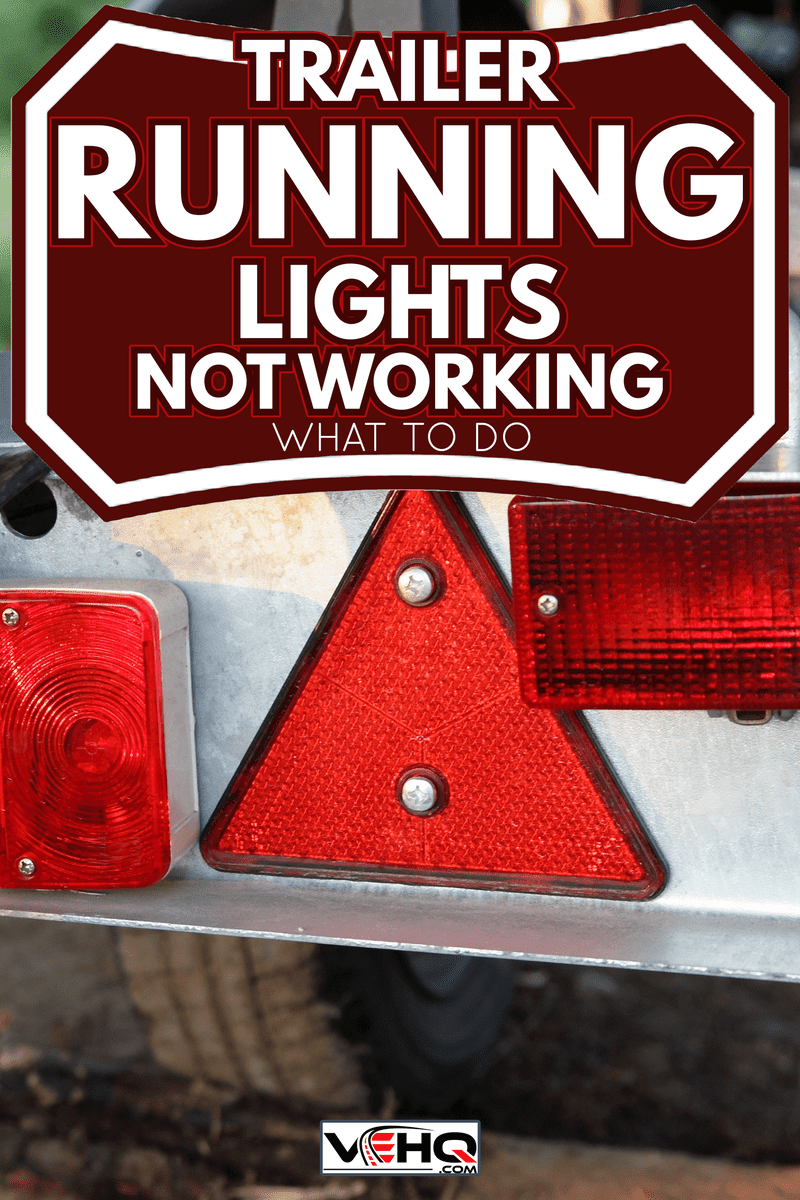
Keep Your Trailer Lights Working
Having functional trailer running lights is a must. These lights need to turn on to signal to the vehicles behind you. But what if the trailer lights do not turn on? We'll discuss the usual reasons why and offer some solutions.
If the lights do not turn on, the first thing you should check is the wiring. The wires should be properly connected. You can use a light tester to check the wiring. When you use the tester, the indicator that does not light up is the one with the problem.
Click here to see circuit tester on Amazon.
As you check the wiring, you should look out for too many splices. When this happens, the trailer running light may not work correctly.
While you are at it, you might also want to check to see if the electric tape is durable. A low-quality electric tape will prevent the running light from turning on when you need it.
The next place to check is the connection between the receiver and the hitch. There should be a metal-to-metal connection between the two. In some cases, you might have to peel off some paint on the metal to ensure a proper connection.
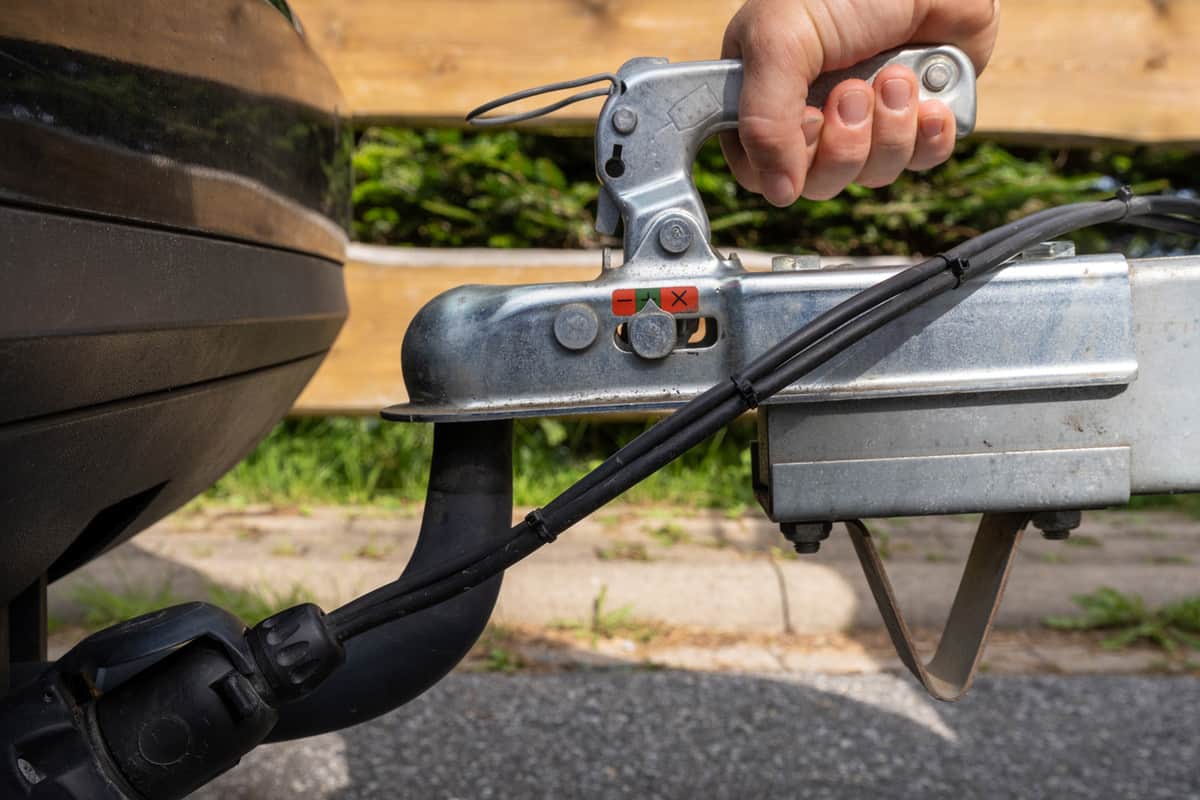
What Are Trailer Running Lights For?
Manufacturers install trailer running lights for safety and legal requirements. Trailer lights increase your trailer's visibility, so the other vehicles around you see your trailer and where you want to go.
Any trailer, whatever size, needs to have lights installed. However, you might notice that regulations are not as strict in some rural areas. Despite this, you still need to follow established regulations every time you use a public road.
The vehicle's lighting circuity will connect to the wiring in the trailer to give it power. The types of trailer lights that you need to have installed are:
- Tail light
- Parking light
- Turning light
- Reflector light
- Hazard light
- Side markers
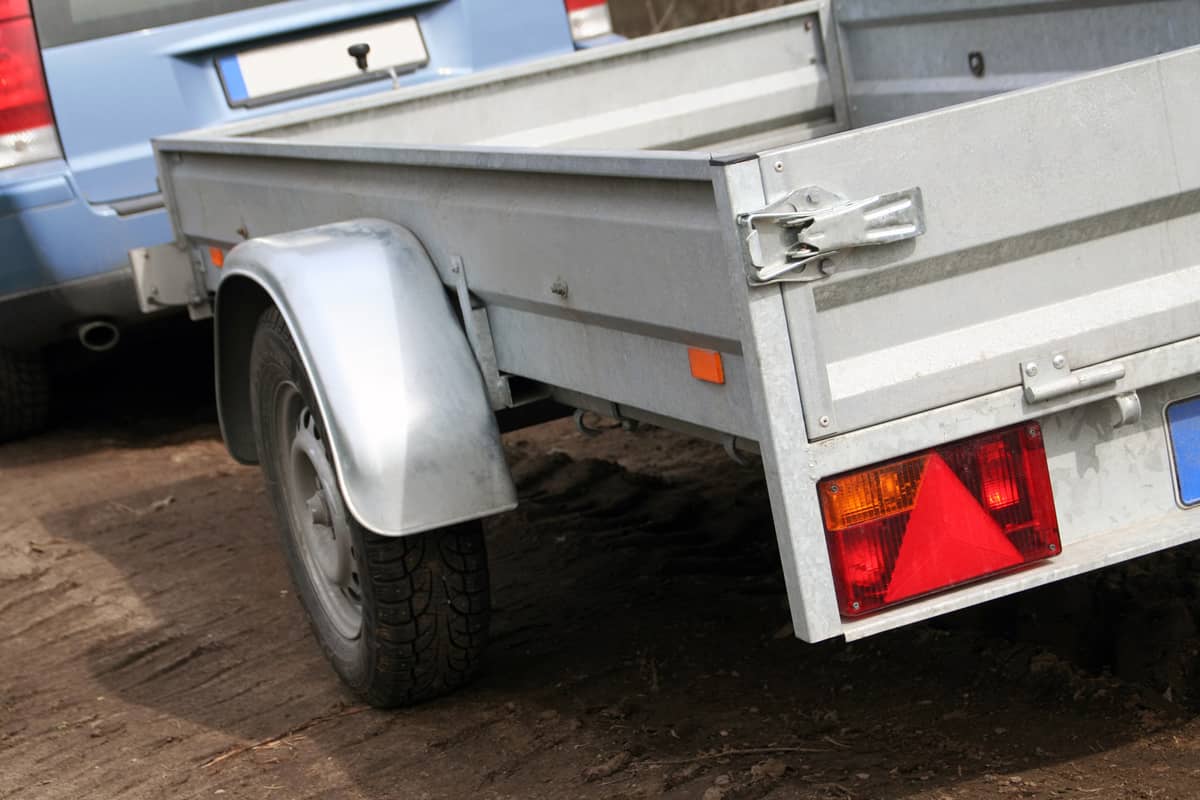
Get To Know The Trailer Wiring
Vehicles should have a trailer connector to connect to the taillights, signal lights, and other similar systems. If the connector is not enough, you can add the needed wires. You can create custom wiring by buying a wiring harnesses.
You can also customize the wiring in your vehicle by splicing another connection. Of course, be cautious with the wires when you splice. As we mentioned earlier, too much splicing might hamper the connection flow.
What Are The Rules Regarding Trailer Running Lights Use?
USA Today discussed the regulations that the Department of Transportation set regarding the required proper lighting for all trailers. The rules refer to the lights used in the rear and front parts of the trailer.
Regulations For The Rear Light
- The rear of the trailer should have a pair of red brake lights. Also, you want the brake light to light up when you step on the brakes.
- There should be a pair of red taillights at the rear of the trailer. The taillights should indicate the width of the trailer.
- The brake lights and taillights should have adequate space between them. Place the lights in a symmetrical line about 15 to 72 inches high.
- Place the white license plate at the rear of the trailer. There should be a license-plate light on top or both sides of the license plate.
- Install sidelights on opposite sides of the trailer. This type of light helps other drivers notice your vehicle.
Regulations Regarding Use Of Side Light
- Sidelights placed at the rear should have a red color. Place the rear sidelight within 15 to 60 inches in the trailer.
- Sidelights placed in front will use a yellow color. Mount this light near the front of the trailer. The height should be 15 inches.
- Next, if the trailer is more than 30 feet long, another pair of sidelights should indicate the length. Use yellow lights for this additional pair. The height should be 15 inches.
- Wide trailers that measure 80 inches or higher should have additional light in the front and rear parts.
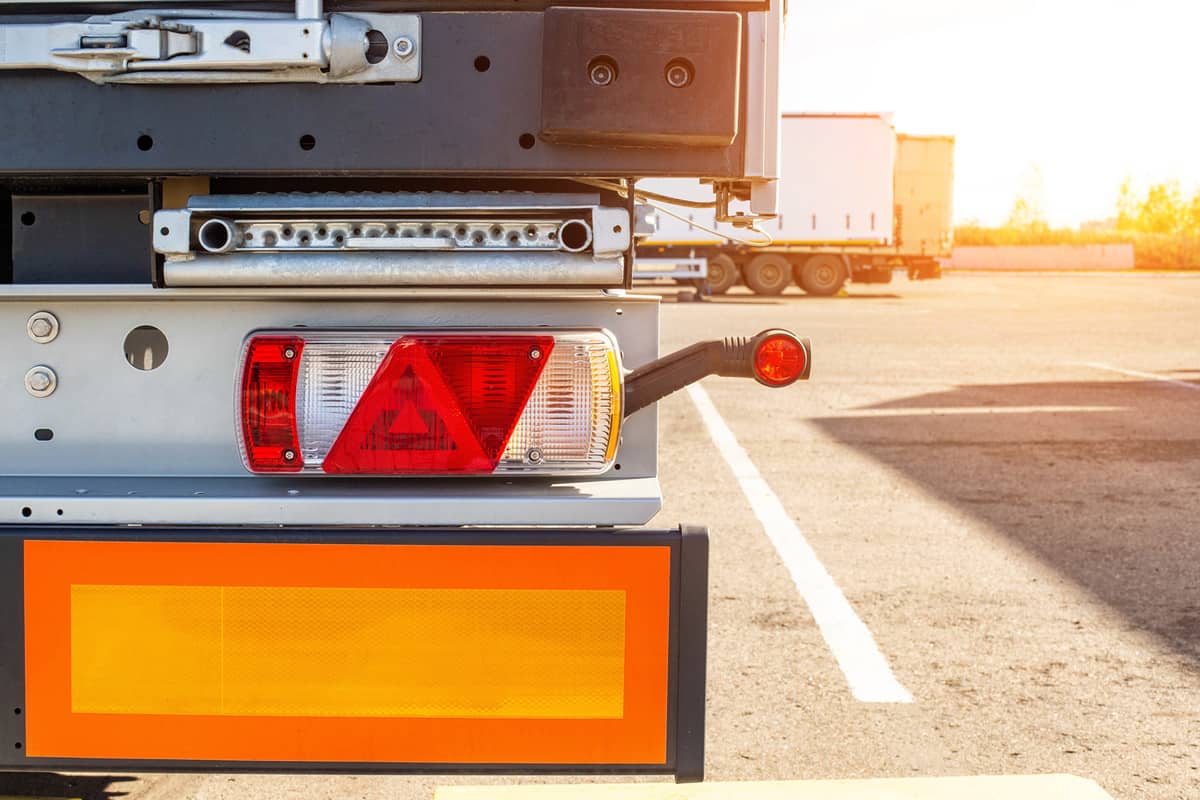
Regulations For Wide Trailer
- The rear part of a wide trailer should have a pair of red clearance lights. Place these lights at the widest and highest part of the trailer.
- While still in the rear part, it is also important to mount three pieces of red identification lights. Place these lights in the center and must have 6 to 12 inches spaces among them. Similarly, choose the highest part of the trailer's rear when installing the identification lights.
- The front part of a wide trailer should also have clearance lights. Make sure to put these lights as high and near to the front as possible.
- Trailers should have permanent trailer lights.
Check out this article for more information about the length of a U-Haul car trailer.
Additional Regulations
- Make sure that the sidelights are parallel to the center line of the trailer.
- The rear and front lights should be perpendicular to the side line of the trailer.
- Another additional regulation is to put reflectors in the rear and side of the trailer. The reflectors should show the size of the vehicle.
Is It A Good Idea To Use LED Lights?
Experts agree that LED lights can be used in trailers. However, you have to use LED lights for all the lights you will use in the trailer. Using this kind of light will be good for your vehicle. Most importantly, these also last longer than traditional trailer lights.
Keep in mind that states will have different regulations regarding the color you can use. Check your local regulations to see what is legal or not.
Safety Tips When Driving A Trailer
Before you drive with your trailer, it helps to know some basic safety procedures. It's not enough that you know how to use your trailer for hauling furniture or making cross-country trips.
For one, you want to make sure that a vehicle is capable of hauling. Check the manual to see how much weight your vehicle can take.
You can also practice driving beforehand. Remember it will be different when driving your vehicle with a trailer in tow. The last thing you want to do is experience some difficulty when taking a trip.
If you want to know the weight capacity of your truck, check out "How Much Weight Can A Truck’s Tailgate Hold?"
Next, keep a reasonable distance from the vehicle in front of you. You have to remember that when the car or truck in front of you stops or slows down, you will not be able to react as fast since you are carrying a heavy load.
Most importantly, make sure that you attach the trailer and vehicle properly. Check whether the safety chains and lights are in the proper place.
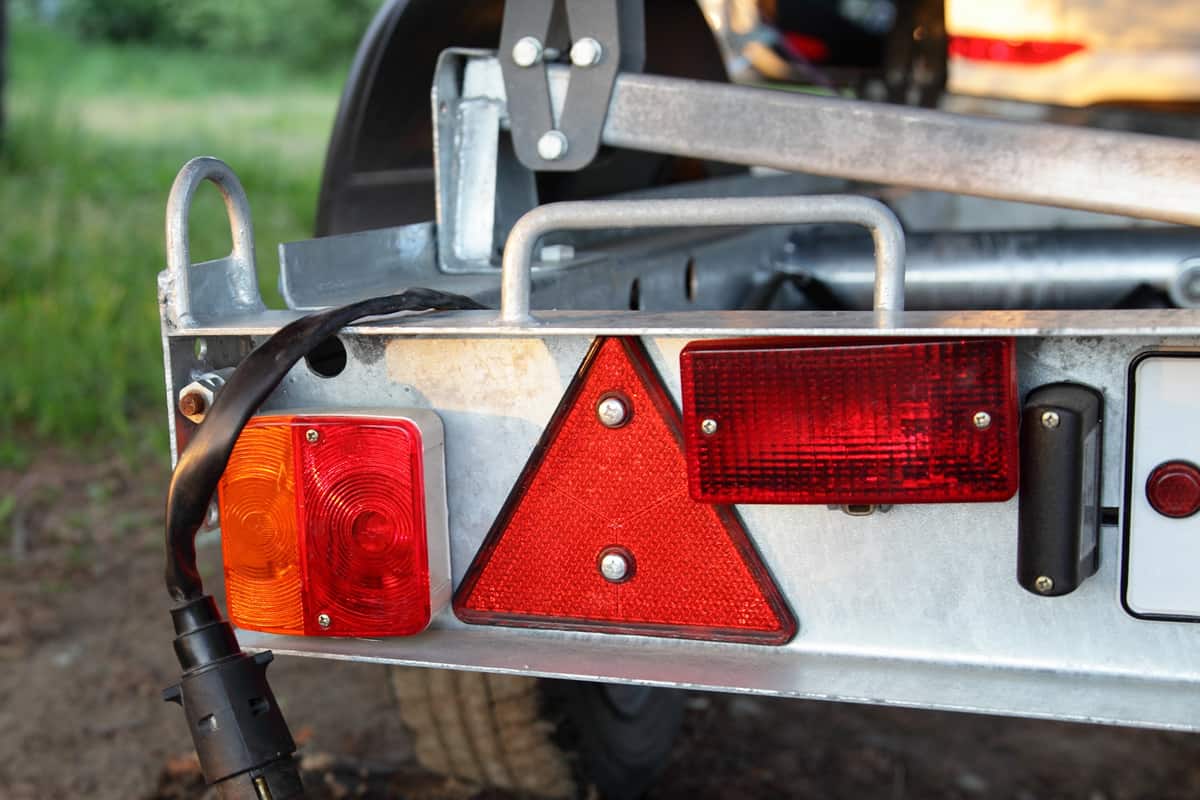
Final Thoughts
Trailer running lights are an important component of your trailer. These should be able to light up any time you need them.
First, you need to check the wires and connection if the lights do not function properly. You want to make sure that the entire wire circuitry is connected correctly.
Next, the trailer and vehicle should be fully connected as well. The two metals should meet to allow the light to get to the trailer. You can use a wire tester or volt regulator to determine connectivity.
Finally, having the trailer lights on will ensure that you comply with federal and state laws.

